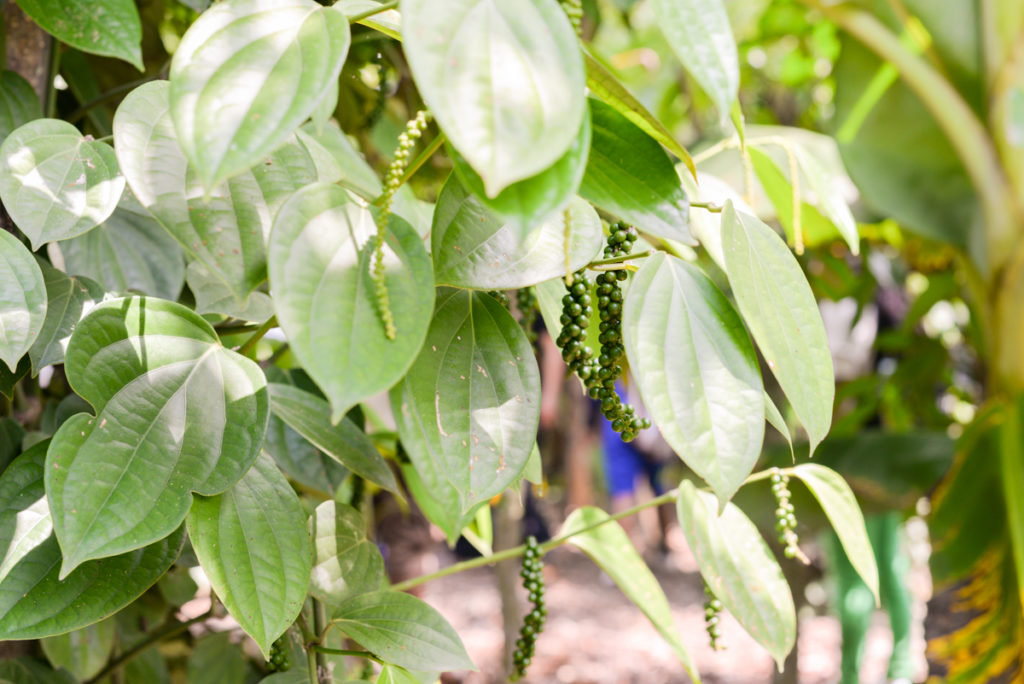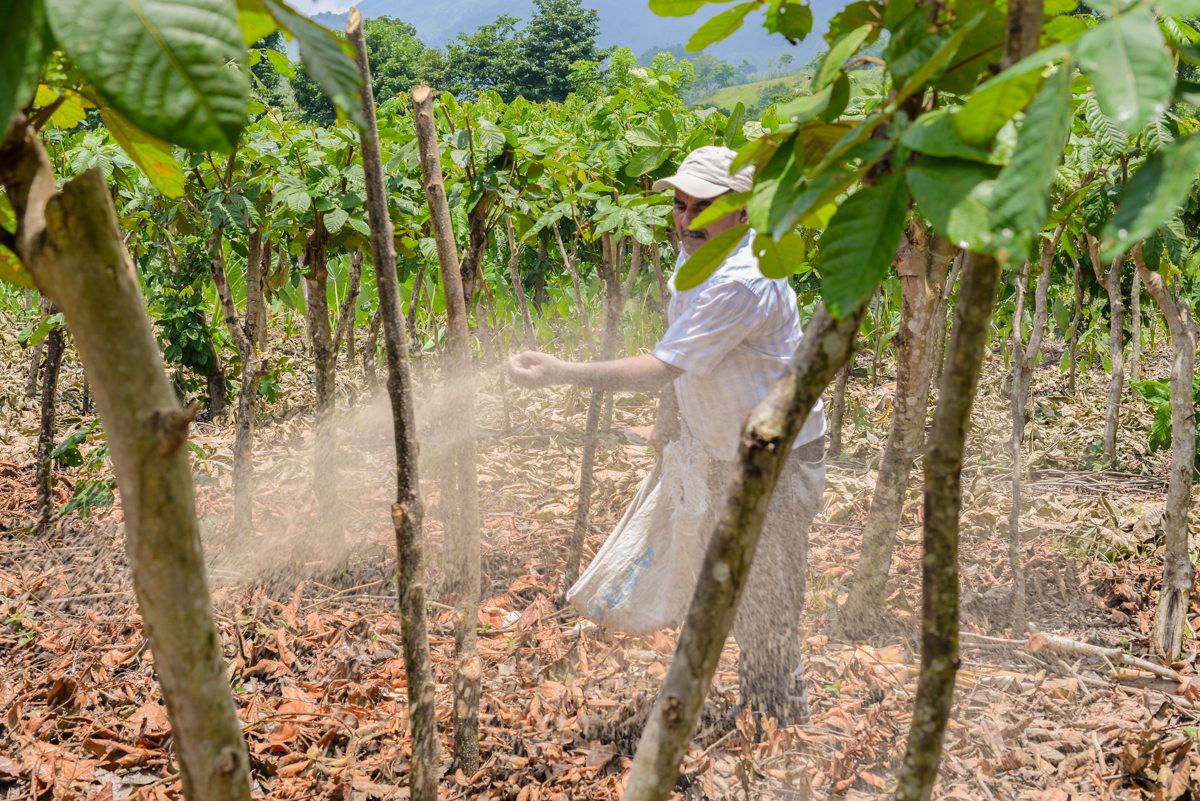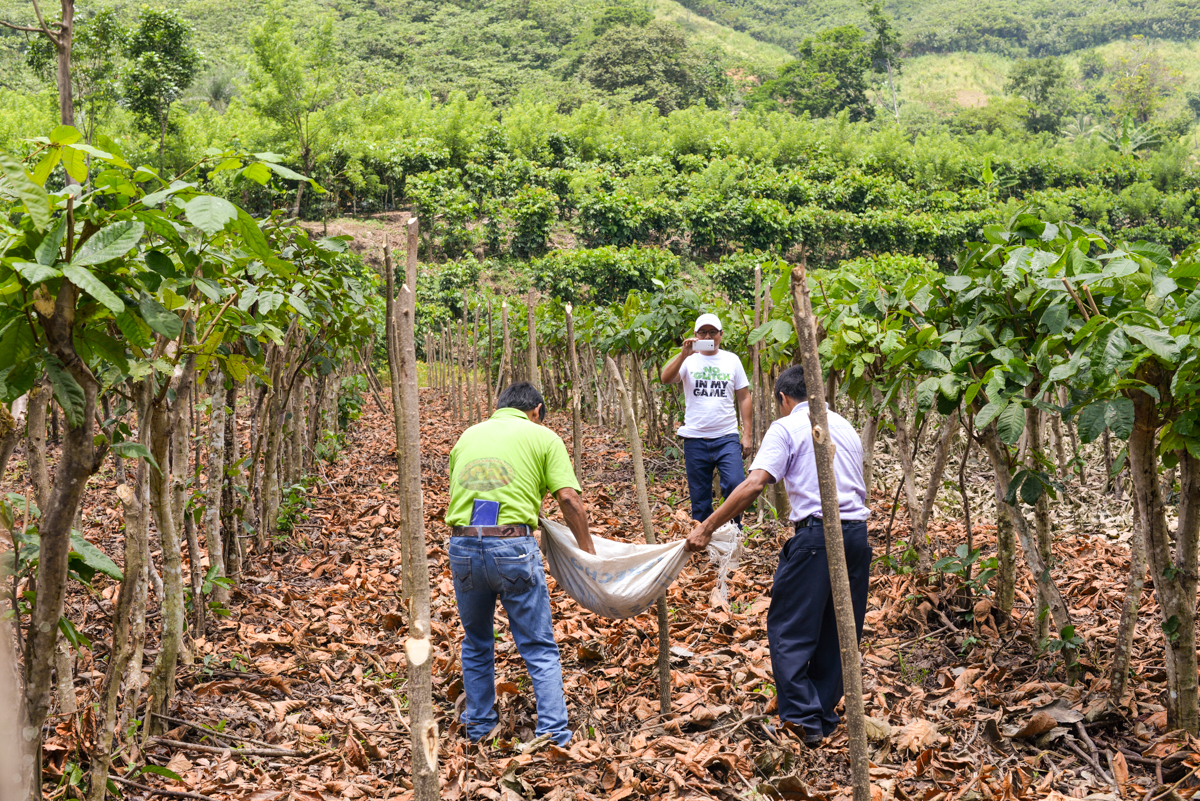
Inga alley cropping offers endless possibilities
By Administrator
Cool Earth, Foundation Beyond Belief’s Natural World beneficiary, has a wonderful practice of Inga alley cropping. Not familiar with Inga? Imagine a sustainable way to for farmers to replace slash and burn farming that both benefits the farmer and maintains the land. Inga alley cropping is just that. In fact, in four easy steps, Inga can transform a plot into a food garden that is fertile for a lifetime.
 Step one is planting the Inga saplings in lines, four to six feet apart. The Inga saplings grow quickly and the ‘alley’ develops. The Inga tree canopy closes over the top of the alley.
Step one is planting the Inga saplings in lines, four to six feet apart. The Inga saplings grow quickly and the ‘alley’ develops. The Inga tree canopy closes over the top of the alley.
The next step is pruning. The small branches and leaves which are pruned from the tree are then scattered and left as mulch in the alley. This protects the soil, keeps the soil temperature lower, retains moisture and prevents weeds encroaching on the alley. The mulch acts as a natural fertilizer releasing nutrients (including Phosphorus) into the soil. This maintains soil fertility and can even re-fertilize previously degraded and useless land. Larger branches pruned from the Inga can be used for firewood.
 Step three is planting the crops the farmer chooses. Crops will grow up through the mulch created by the composting leaves. The plants will take up nutrients that have been returned to the soil by the mulch. Inga regrows after pruning (also taking in spare nutrients from the soil through the Mycorrhizal fungi within its roots) and starts to provide vital shade cover for the crops once they have started to grow.
Step three is planting the crops the farmer chooses. Crops will grow up through the mulch created by the composting leaves. The plants will take up nutrients that have been returned to the soil by the mulch. Inga regrows after pruning (also taking in spare nutrients from the soil through the Mycorrhizal fungi within its roots) and starts to provide vital shade cover for the crops once they have started to grow.
The final step is harvesting. Inga continues to grow after the crops have been harvested, and the shaded canopy over the alley keeps control of weeds until the next planting season. The next season, farmers return to step two and continue the cycle. The land and the farmer can continue to work in concert like this for a lifetime, rather than destroy the ecosystem of the forest through slash and burn farming.
